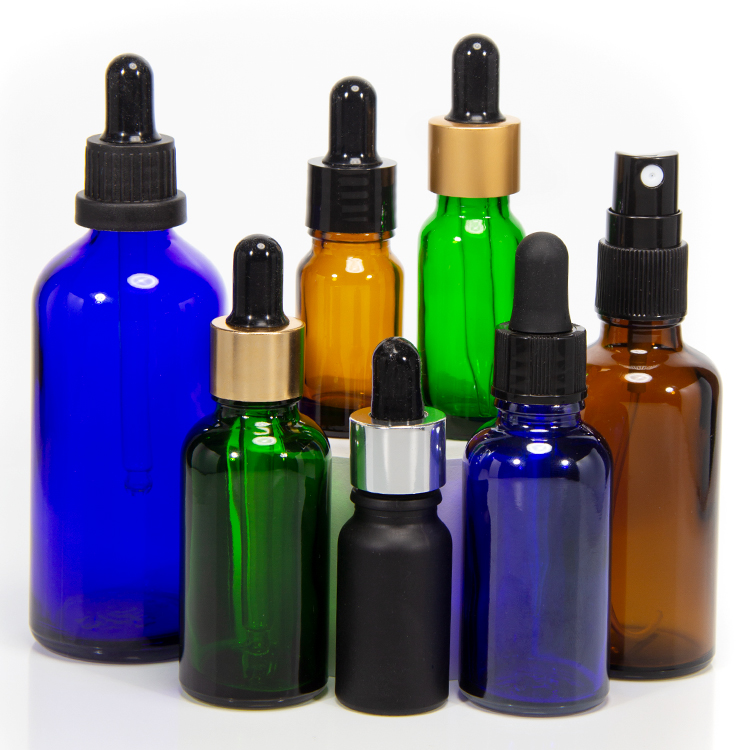Key Differences Between Bordeaux and Burgundy Glass
Key Differences Between Bordeaux and Burgundy Glass
Every bottle of wine has a story to tell about its craftsmanship and history. The oldest and most contentious argument in the wine industry is undoubtedly between Bordeaux wine glass vs Burgundy glass wine bottles.

Today, most wineries craft wine bottles to highlight the distinctive qualities of the wines from these French regions.
However, one may even ask why this debate matters to a wine lover. In this article, we aim to unpack the differences between both wine glass bottle types.
What is a Bordeaux wine glass bottle?
A Bordeaux wine bottle has high shoulders, straight sides, and a cylindrical body. This design maximizes oxygen exposure, enabling the wine to interact with air, enhancing aromatic complexity.
Also known as a tapered claret-style bottle, it is commonly a clear color for white and rosé wines and green color for red wines. Fun fact: Bordeaux and Claret are interchangeable terms in the industry.
In practice, Bordeaux bottles were designed with the practicalities of storing in wine racks and shelves in mind. This explains why winemakers often chose bottles with straighter sides and rounder profiles.
What is a burgundy glass wine bottle?
Burgundy glass bottles have a long neck and shoulders that slope gently down to a larger base. Because of their wide base, these bottles are durable. Furthermore, the wine's taste and aromas are enhanced by the broader base's increased surface area exposed to air.
In practice, the bottle’s sloping shoulders make pouring easier, without spills or drips. For the most part, Burgundy bottles come in a range of colors, such as transparent and dark green.
Additionally, some bottles are UV resistant to prolong the wine's shelf life and stop oxidation.
Overall, the Burgundy bottle shape was created primarily because it was easier for the glassmaker to produce. This is in contrast to some of the other bottle designs that we see today.
What are the main differences between Burgundy and Bordeaux Wine Glass Bottles?
Unsurprisingly, both wine bottle types’ names derive from regions in France. In fact, both regions have their variations of wine bottle glasses.
However, a Bordeaux bottle possesses pronounced shoulders at the bottom of its neck. This bottle form, sometimes known as the "claret" style, is currently the most popular. Depending on the bottle you select, it will either have a punted bottom or not.
A deeper punt has traditionally been linked to more premium wines. This is because it provides a stronger grip and a place to put your thumb while pouring the bottle. Furthermore, the stronger the bottle, the deeper the punt.
This is particularly crucial for sparkling wines because the bottom of the bottle is frequently the weakest area. In fact, as the wine bottle is filled, the punt creates tensile stress by internal pressure, which is strengthened by a deeper punt.
A Burgundy style bottle maintains a less pronounced shoulder to it. The body is usually marginally wider than its tapered claret-style counterpart. It is normally utilized for wines such as Pinot Grigio, Chardonnay, Pinot Noir, and many rosé wines.
Another distinctive visual characteristic of burgundy wine bottles is their green tint. The green color has historical significance and honors tradition— in addition to being aesthetically pleasing. It acts as a shield against the sun's harmful UV rays.
However, Burgundy and Bordeaux bottle colors are usually chosen based on the wine inside. For example, red wines are typically placed in amber or green glass. On the other hand, white wines are usually placed in flint bottles.